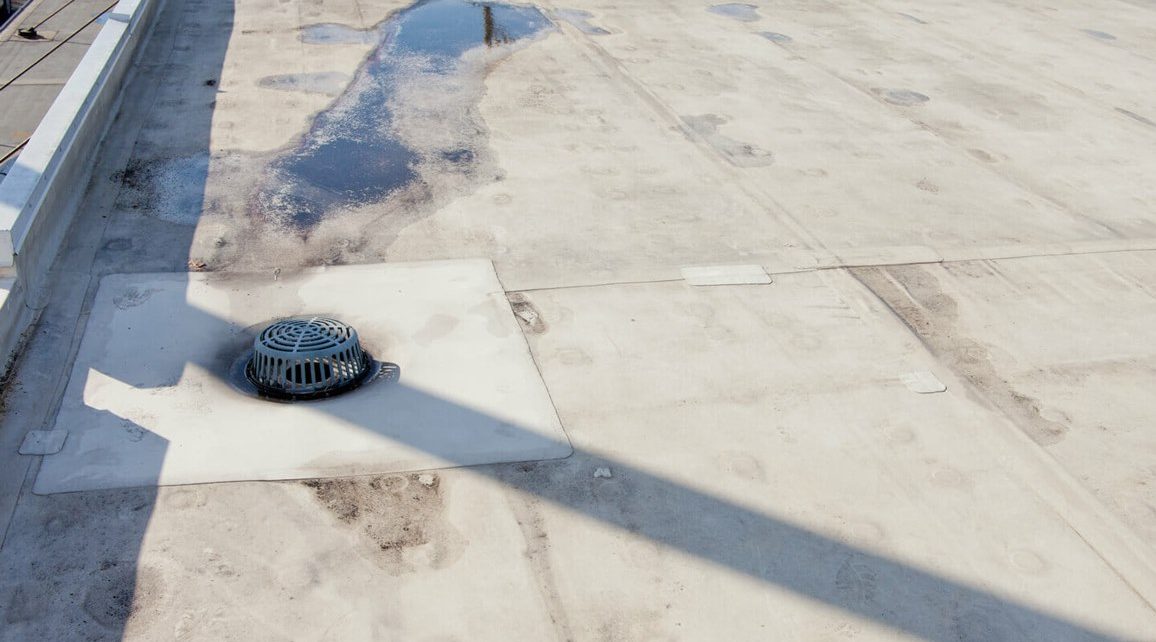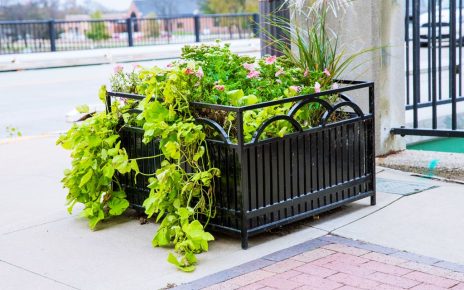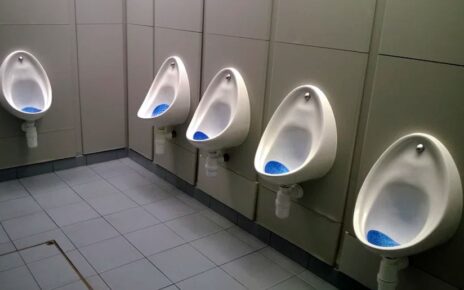When it comes to proper water management for commercial and residential buildings, scupper drains play a vital role. These drainage systems are designed to efficiently channel water off rooftops, preventing water accumulation and potential damage. In this article, we will explore the world of scupper drains, their benefits, installation process, and maintenance requirements. So, let’s dive in and understand the importance of scupper drains in maintaining the integrity of your building.
Table of Contents
What is a Scupper Drain?
A scupper drain is a drainage system that directs water from a building’s rooftops, balconies, or other high places to the ground or a proper drainage system. Unlike traditional downspouts, which are typically attached to the building’s exterior, scupper drains are integrated into the building’s structure and provide a seamless and aesthetically pleasing solution for water drainage.
Types of Scupper Drains
There are two main types of scupper drains commonly used in building construction: primary scupper drains and overflow scupper drains.
Primary scupper drains are the main channels responsible for directing water from the rooftop to the designated drainage system. These drains are strategically placed along the edges of the roof or at low points to ensure efficient water flow during rainstorms.
When the primary scupper drains become overwhelmed by heavy rainfall or obstructed, overflow scupper drains serve as backup drainage systems. They keep water off the roof and reduce the chance of water damage to the building’s structure.
Benefits of Scupper Drains
Scupper drains offer several benefits for both residential and commercial buildings. Let’s explore some of the key advantages:
- Preventing Water Accumulation: By efficiently channeling water off the rooftop, scupper drains prevent water from pooling and accumulating, which can lead to structural damage, leaks, and mold growth.
- Structural Integrity: Effective water management through scupper drains helps preserve the building’s structural integrity by reducing the risk of water-related damage to the foundation, walls, and roofing system.
- Aesthetics: Scupper drains offer an aesthetically pleasing alternative to traditional downspouts. With their integration into the building’s design, scupper drains can enhance the overall visual appeal of the structure.
Installation of Scupper Drains
Proper installation of scupper drains is crucial to ensure their functionality and longevity. Here are the key steps involved in installing scupper drains:
- Determining Drain Placement: Careful consideration should be given to the location and number of scupper drains based on the roof’s size, slope, and rainfall patterns. Consulting with a professional architect or engineer can help determine the optimal placement.
- Sizing and Design Considerations: The scupper drains’ size should be determined by the anticipated water volume and the required drainage capacity. During the design process, elements such as roof pitch, materials, and local building codes must also be considered.
- Material Selection: Scupper drains are available in various materials, including metal (such as copper, aluminum, or stainless steel) and PVC. The selection of the material should consider durability, corrosion resistance, and compatibility with the building’s design.
- Installation Process: The installation of scupper drains involves cutting an opening in the building’s exterior wall or parapet, attaching the drain, and ensuring a secure and watertight connection. Professional installation is recommended to ensure proper execution.
Maintenance and Cleaning
To maintain the effectiveness of scupper drains, regular maintenance and cleaning are necessary. Here are some essential tips:
- Regular Inspections: Periodically inspect the scupper drains for any signs of damage, blockages, or leaks. Promptly address any issues to prevent further damage.
- Cleaning Procedures: Clear away any debris, leaves, or sediment that may accumulate in the scupper drains. Use a brush or hose to flush out any clogs and ensure unobstructed water flow.
Common Issues with Scupper Drains
While scupper drains offer many benefits, they can encounter certain issues. Some common problems include:
- Clogs and Blockages: Debris and leaves can accumulate in scupper drains, causing clogs and hindering water flow. Regular cleaning and preventive measures can minimize this issue.
- Leaks and Water Damage: Improper installation or damaged scupper drains can lead to leaks and water damage to the building’s interior and exterior. Timely repairs are essential to prevent further complications.
- Improper Installation: Inadequate installation can result in inefficient water drainage and potential structural issues. Hiring experienced professionals ensures proper installation.
Scupper Drain vs. Traditional Downspouts
It’s worth considering the differences between scupper drains and traditional downspouts. Here’s a comparison of their pros and cons:
| Scupper Drains | Traditional Downspouts |
|---|---|
| Seamless integration with the building’s design | Visible exterior attachments |
| Aesthetically pleasing | May obstruct views or detract from building’s aesthetics |
| Efficient water flow and drainage | Susceptible to clogs and ice dams |
| Minimal maintenance requirements | Regular cleaning and maintenance needed |
| Enhanced structural integrity | Limited design options and flexibility |
Conclusion
Scupper drains offer an effective solution for managing water runoff from rooftops and elevated areas. By preventing water accumulation and protecting the building’s structural integrity, scupper drains play a crucial role in maintaining a safe and dry environment. Proper installation, regular maintenance, and addressing any issues promptly are essential to ensure the optimal performance of scupper drains for years to come.
Scupper Drain FAQs
Are scupper drains appropriate for both residential and commercial structures?
Yes, scupper drains are practical water management solutions that may be used in both residential and commercial buildings.
When should scupper drains be cleaned and inspected?
Scupper drains should be inspected and cleaned at least twice a year, especially before and after the rainy season.
Scupper drains can be put on any type of roof.
Scupper drains can be put on a variety of roofing materials, including flat, sloping, and metal roofs.
Do scupper drains require any special care throughout the winter?
In colder climates, it is crucial to prevent ice dams from forming in scupper drains by ensuring proper insulation and removing snow accumulation.
Can old buildings be retrofitted with scupper drains?
Yes, scupper drains can be retrofitted onto existing structures; however, careful planning and skilled installation are required to ensure compatibility.




